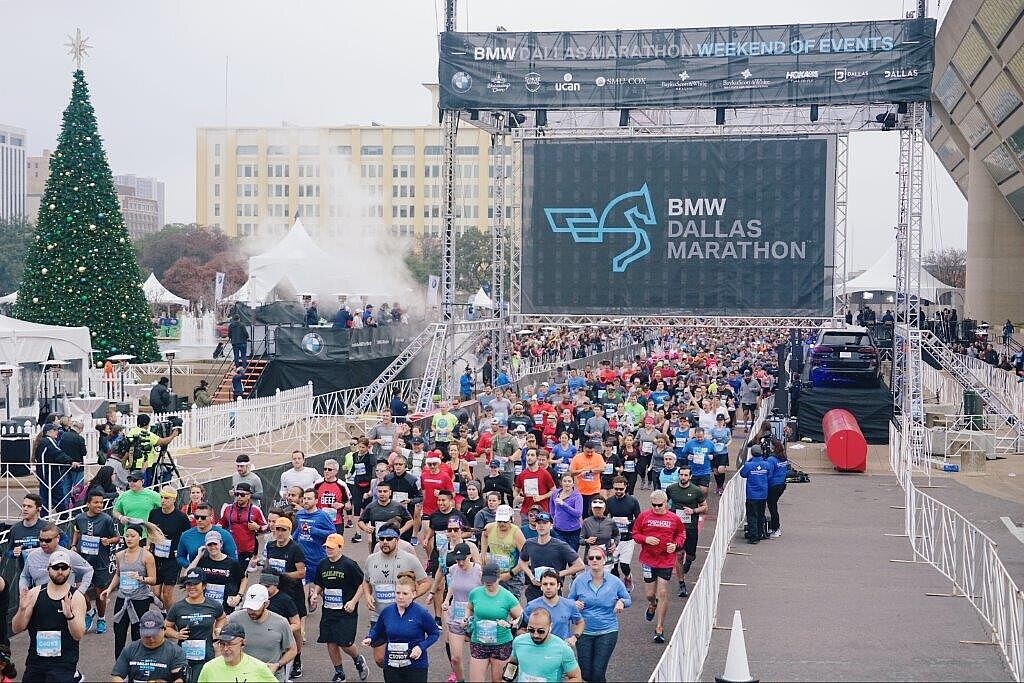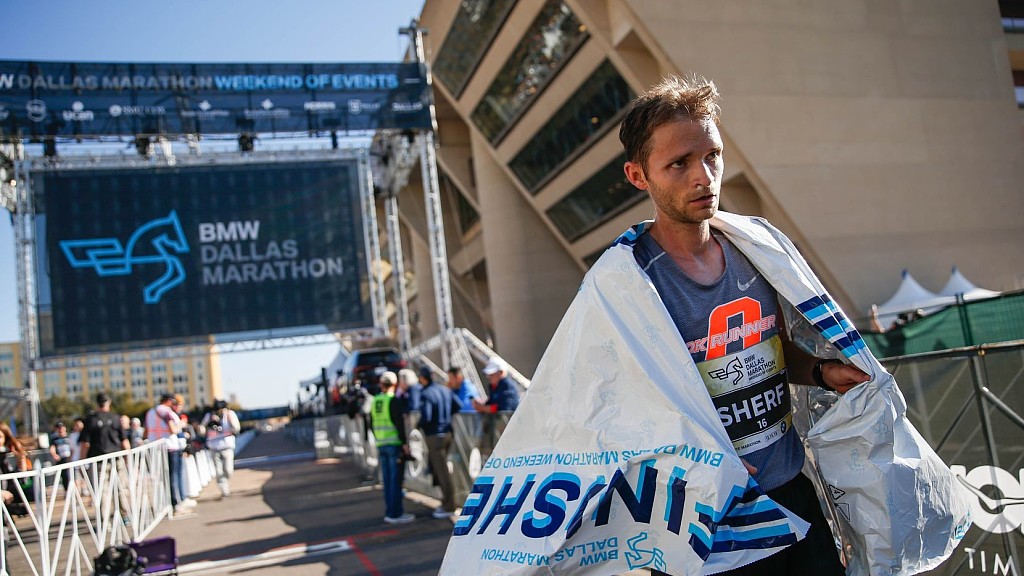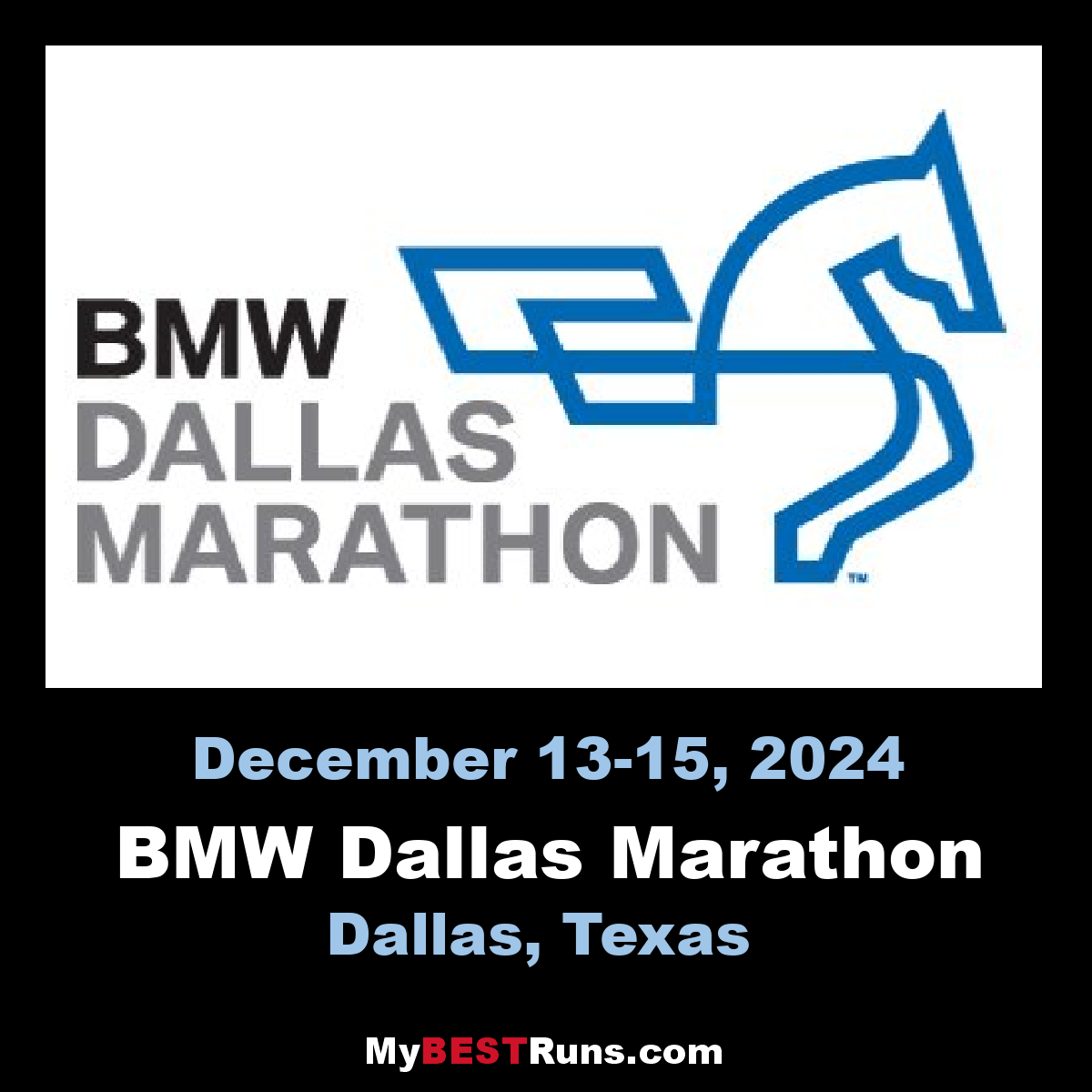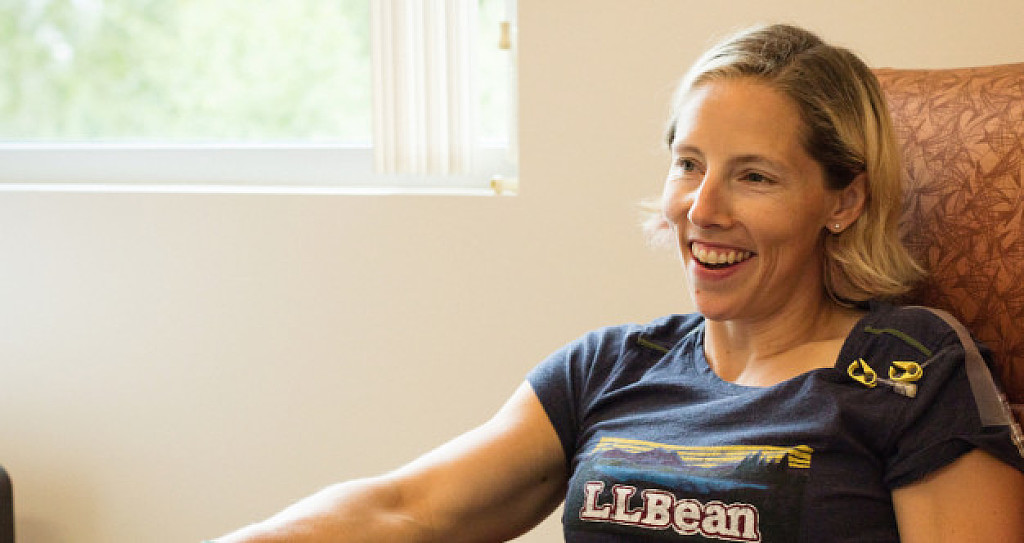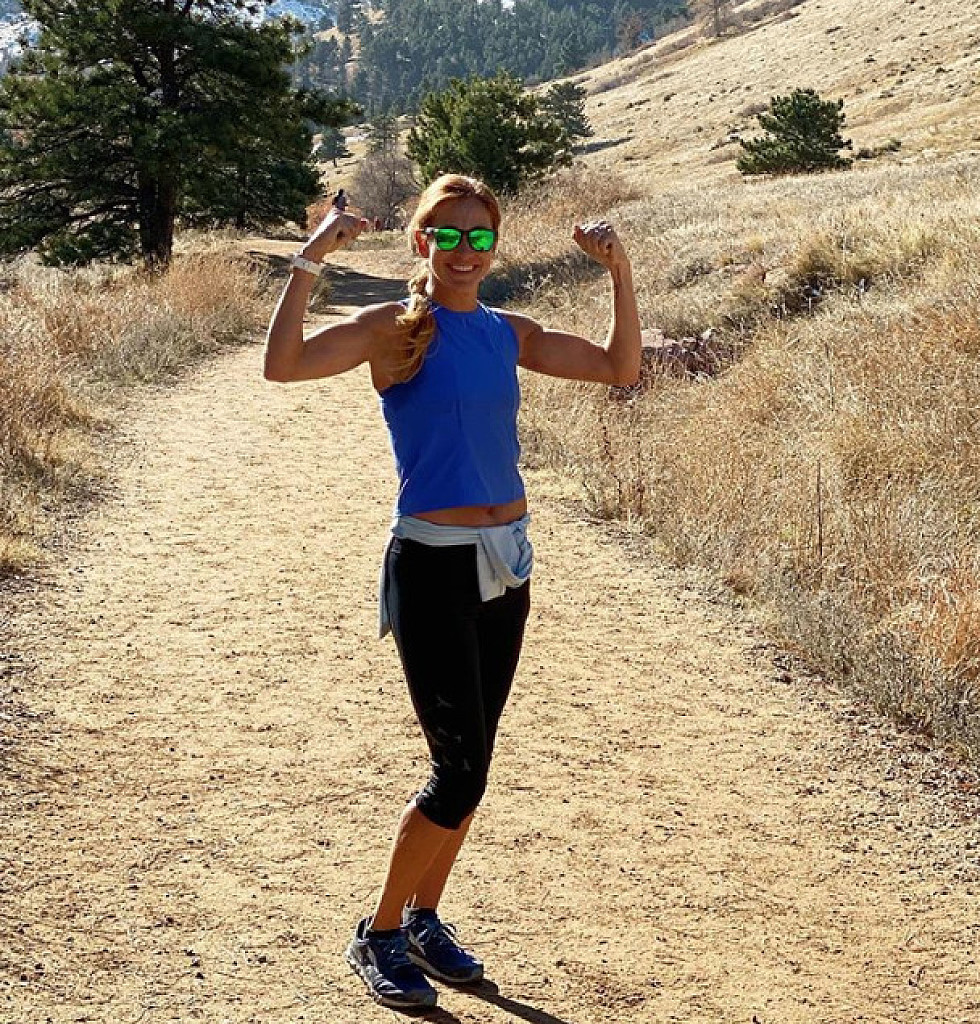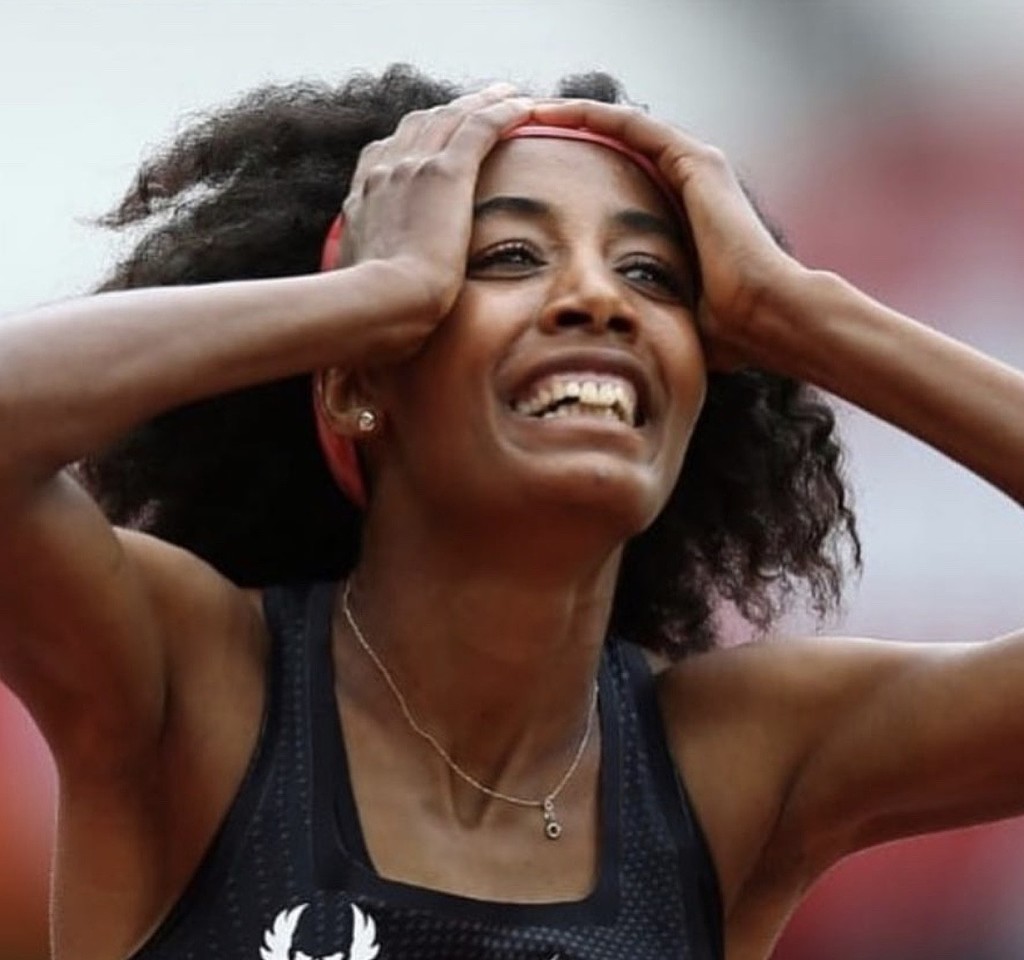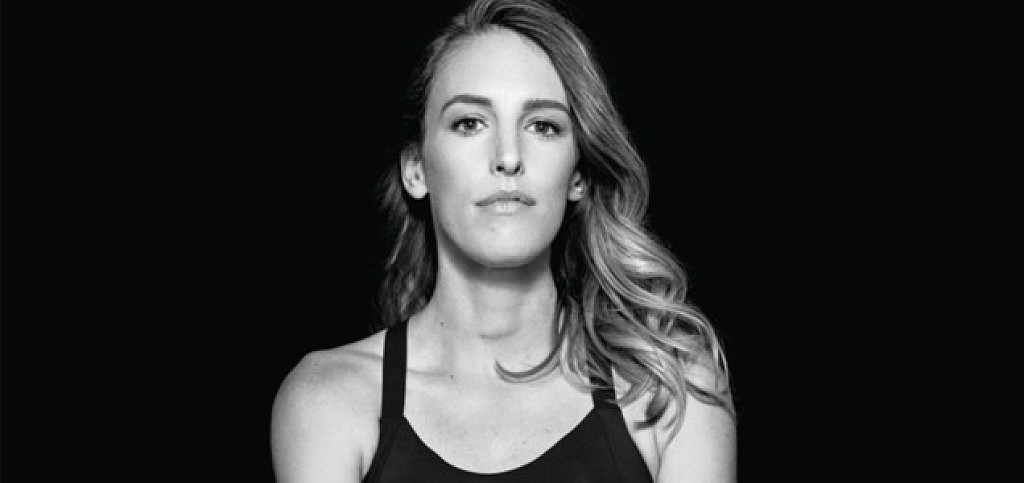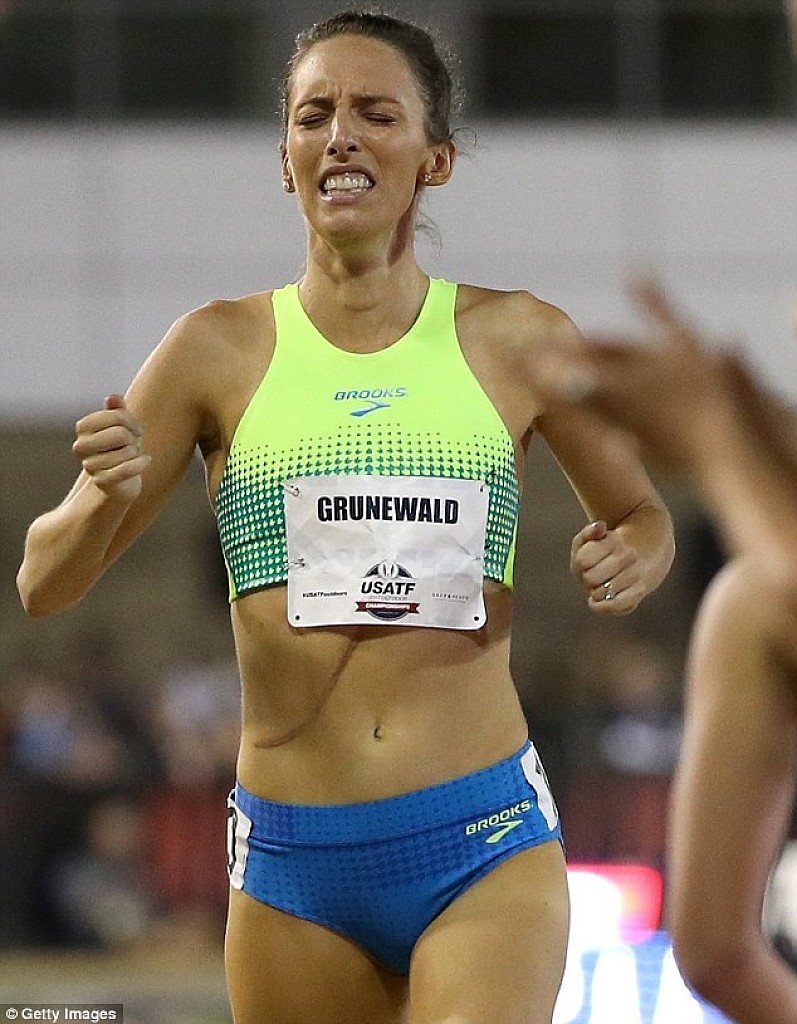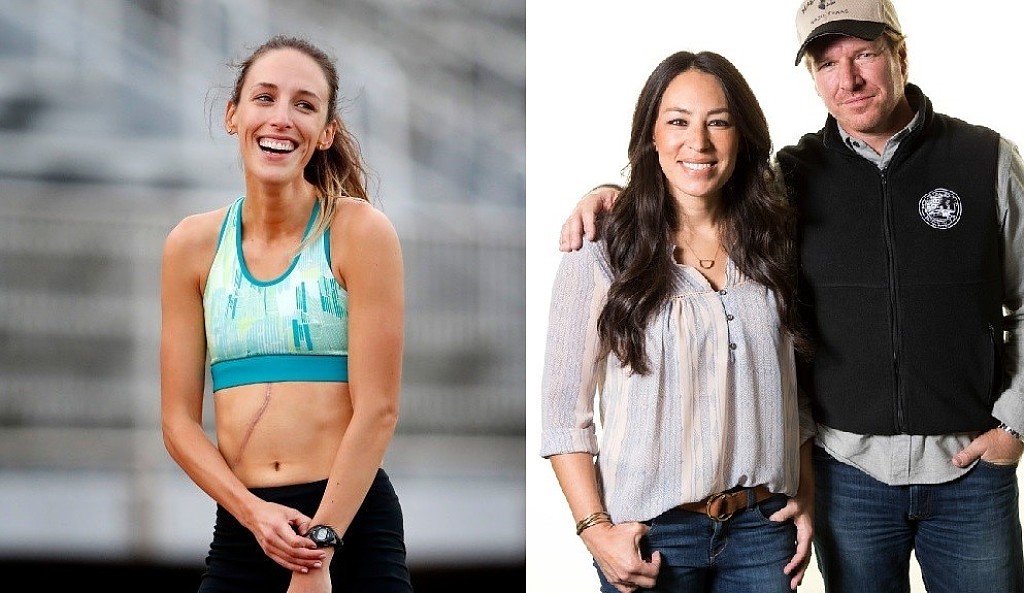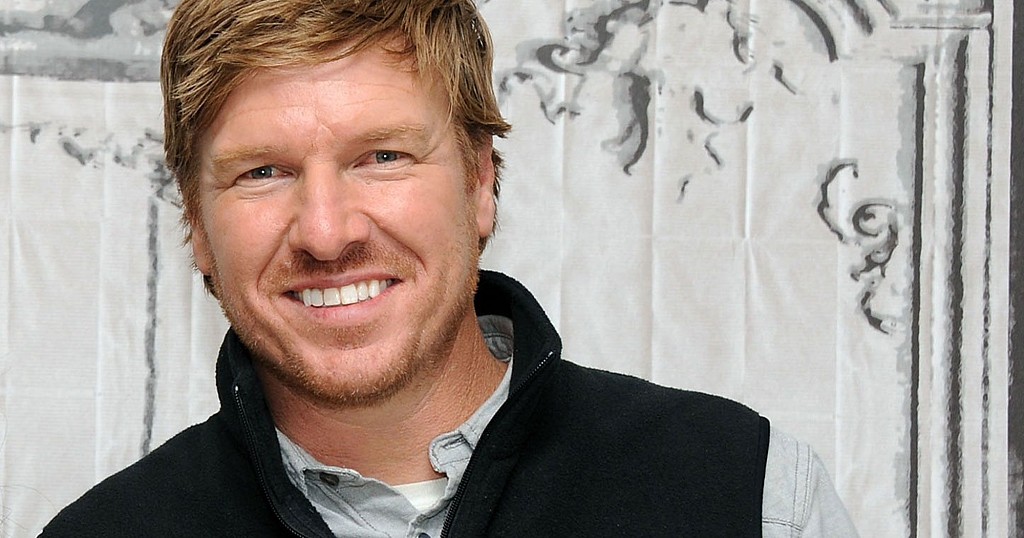Running News Daily
Running News Daily is edited by Bob Anderson. Send your news items to bob@mybestruns.com Advertising opportunities available. Train the Kenyan Way at KATA Kenya and Portugal owned and operated by Bob Anderson. Be sure to catch our movie A Long Run the movie KATA Running Camps and KATA Potato Farms - 31 now open in Kenya! https://kata.ke/
Index to Daily Posts · Sign Up For Updates · Run The World Feed
Articles tagged #Grunewald
Today's Running News
New to Pacing? Three Expert Running Pacers Share Their Best Practices.
acing at long distance running events is common in North America, but it can also be intimidating. Here are seven essential tips from veteran ultra athletes. Emily’s stomach had definitely gone south. She couldn’t keep anything down, vomiting every few steps. Her pacer Buzz Burrell, a fixture in the ultra scene, had encouraged various forms of nutrition and drink with a side of optimism—it’s just a rough patch, aid station’s in a half-mile, the sun will be up soon. After all, that was his job, right? To lend the moral, emotional, and logistical support Emily needed to get to the finish line.
But when the hurling continued, he got out a flashlight and inspected the latest effluent. “It was blackish red, like a stomach lining,” he noticed. “And that’s when I said to my runner: ‘You know, I don’t think we ought to do this.’”

While that scene might be uncommon, it’s an example of the dire scenarios a pacer might encounter during an ultra-distance race. A pacer may need to be prepared to play all sorts of roles in service of helping a runner achieve their goals, even if it means knowing when to call it quits. They can be cheerleaders, drill sergeants, nutritionists, aide-de-camps, trail doctors, raconteurs, and comedians. It’s an art, one that requires close communication between pacer and runner.
While pacing is uncommon in European ultras (it’s not permitted in UTMB races, for example), it is a frequent feature in the U.S. Both on the track and in marathons, pacers are in from the start and step off somewhere halfway, but those who are pacing an ultra usually pick up their runner after the halfway point and accompany them for some or all of the last part of the race.
Some purists argue that the psychological advantage of having clear-thinking, uplifting company in the later stages contravenes the spirit of the endeavor, while others find it a way for friends or family to share in what might otherwise be a time-consuming and self-centered undertaking.
The practice of pacing originated as a safety precaution—race directors didn’t want runners to get lost or collapse out on the trail alone. The 345 percent increase in participation in ultras over the last twelve years guarantees that, while some runners are very experienced, there’s also an influx of neophytes who could benefit from the company of a pacer. And yet, at the same time, there’s a contingent who have never worn a pacer bib.
For those new to pacing, or some of us who have been thrown into the fire to pace a friend without any guidance, here are seven essential insights on the art of pacing from a few of the sport’s veteran pacers. Unsurprisingly, these three pacing pros are also experienced ultrarunners. In fact, it’s been suggested that pacing is an excellent way to learn the tricks of the trade before signing up as a competitor.
After interviewing these three experts, several themes emerged on what to expect when pacing a runner, and how to prepare and execute on your responsibilities:
Buzz Burrell: “You might be trudging along while your runner is throwing up, but I put a different spin on it. As a pacer, I’ve skipped the first 50 miles of the race, which means I’m feeling good, walking into aid stations, eating sandwiches. I haven’t paid a thing for this race! As a pacer, I can enjoy the beauty of the course. This runner might be a dear friend of mine, and I want to help him, but I’m also a free food kind of guy.”
Justin Grunewald: “I think the most common reason is to help someone you care about conquer their demons, and get from point A to point Z. For me, Tyler [Green] is a friend, but he’s also hugely accomplished. I learned so much from him by pacing, I think I could take 30 to 60 minutes off my time from what I learned from pacing.”
Nicole Bitter: “To be a part of a loved one’s attempt at achieving a goal, that’s almost better than if I did it myself. Some people can’t run 100 miles or don’t want to—pacing is a way to share in the experience. A lot of people find fulfillment in pacing, maybe more so than racing.”
BB: “This is critical. It’s not just two friends saying ‘Let’s go for a run together.’ First, discuss goals. Talk about possible scenarios.”
JG: “We talked about Tyler’s objectives. He’d finished second and fourth at States in past years and was completely overlooked as a top finisher this year, so he really wanted to go for it. He had dropped his pacer before, so he wanted someone who could go 32-33 miles. We talked about his intricate cooling routine and how it was going to go at aid stations.”
NB: “It’s critical to understand your runner and what makes them tick. I love to talk when I have a pacer. I want them to tell me funny stories, what happened earlier in the day. Some people don’t want to talk; they’re just in the zone.”
BB: “Be well-fed and well-hydrated, and know when your start time will be. Never become part of the problem; don’t be a liability. Know the pacer rules, like no physical assistance. Usually “muling”—carrying your runner’s food or gear—is not allowed, though it is at Leadville, so be aware of the rules. Know the course, the aid stations, and cut-off times.”
JG: “At Western States, cooling is 15 percent of the race, so everything had to go right at aid stations. Typically, about a half-mile out from an aid station, I’d ask what he wanted to drink. I’d get Coke, ice cubes, water in one bottle, Tailwind in the other.”
NB: “Make sure you and your runner are a good fit, that you’d want to spend some time with this person. Be confident you can cover the distance you’ll be pacing easily. Take care of yourself or you won’t be equipped to pace.”
BB: “It’s unlikely your runner will be feeling great. They may be sick. They may be on a bummer. It might be hot or stormy. I tell first-timers: ‘You feel bad. So does everybody else. This is what it looks like.’”
JG: “They might be too mentally fatigued to know what they need. Tyler told me his arms were numb, which told me he needed electrolytes. Hyponatremia and dehydration are really tricky to differentiate, but, in my experience, they almost always need more electrolytes.”
NB: “Expect the unexpected. You don’t know what could happen. You might not even get the chance to pace if your runner drops out. Keep a positive outlook, and be a problem-solver.”
BB: “The first-time runner needs stability, support, and mild encouragement. Remind them to start eating and drinking 45 minutes into it. Don’t wait until your stomach starts to go. The veteran probably knows this so you can get into actual pacing, behind or in front of them, moderating the ups and downs. For someone who just wants to finish, concentrate on putting one foot in front of the other.”
JG: “Normally, Tyler takes it out slower and picks people off, but this time the theme was ‘no regrets,’ so I reminded him of his objectives, of who he is, of how proud his family will be. He ran in front of me so I wouldn’t distort his view of rocks and roots.”
NB: “It’s nuanced. My husband is competitive so I usually talk about how we need to catch that runner in front of us. The hunt mentality. Or if we need to pick it up, I joke, ‘Wow, are you keeping up with me?’ Some races, like Western States, are dialed in to the tech, and can feed the pacer info on how far ahead or behind their runner is.”
BB: “‘It’ll be fine’ is our mantra, as long as it’s just a mental or emotional low. You can always come back from that. I’ve had runners say, ‘I’m out. I can’t do this.’ I have them sit down, take some deep breaths, let their heart rate come down. Heck, you can take 30 minutes at an aid station, change your socks, and march back out.”
JG: “I told him [Tyler Green] he was looking great. He hit a rough patch, so we focused on hiking 10 steps, running 10 steps. Relentless forward progress. I’d tell him things like, ‘In 800 meters there’s a downhill.’ Late in the race, no one wants to eat, so I kept thinking of what’s going to sound good, to get in some calories.”
NB: “My husband is usually in the zone, not talking, but he enjoys when I tell him stories and point out nice views.”
BB: “Personally, I’m always going to protect my runner’s health first. Finishing is second. There are thousands of stories of people getting through awful circumstances, but I’m not going to encourage them to go on if I think it’s damaging to their health.”
NB: “In the 2016 Western States, my pacer called my day. I had hyponatremia and we didn’t feel it was safe. It’s good to have a close friend make those tough calls.”
Being a good pacer is perfect training for becoming an accomplished ultrarunner. All of our expert pacers routinely switched roles in their many years in the sport. And for those new to the sport, pacing is a great way to dip your toes before actually signing up for a long-distance race. Regardless of whether you ever intend to go the full distance or not, the many roles of the pacer make for a rich, fulfilling experience.
by Outside Online
Login to leave a comment
After a two-year hiatus, Dallas Marathon is coming back, celebrating its 50 anniversary
The 50th anniversary of the Dallas Marathon was always going to be a special event.
But then the race was canceled last December for only the second time ever because of the pandemic. The makeup race in May suffered the same fate.
A pandemic-induced cancellation won’t happen a third time. And Paul Lambert, the president of runDallas, the organization that puts on the marathon, said the yearlong wait is going to make the marathon’s golden jubilee even more special.
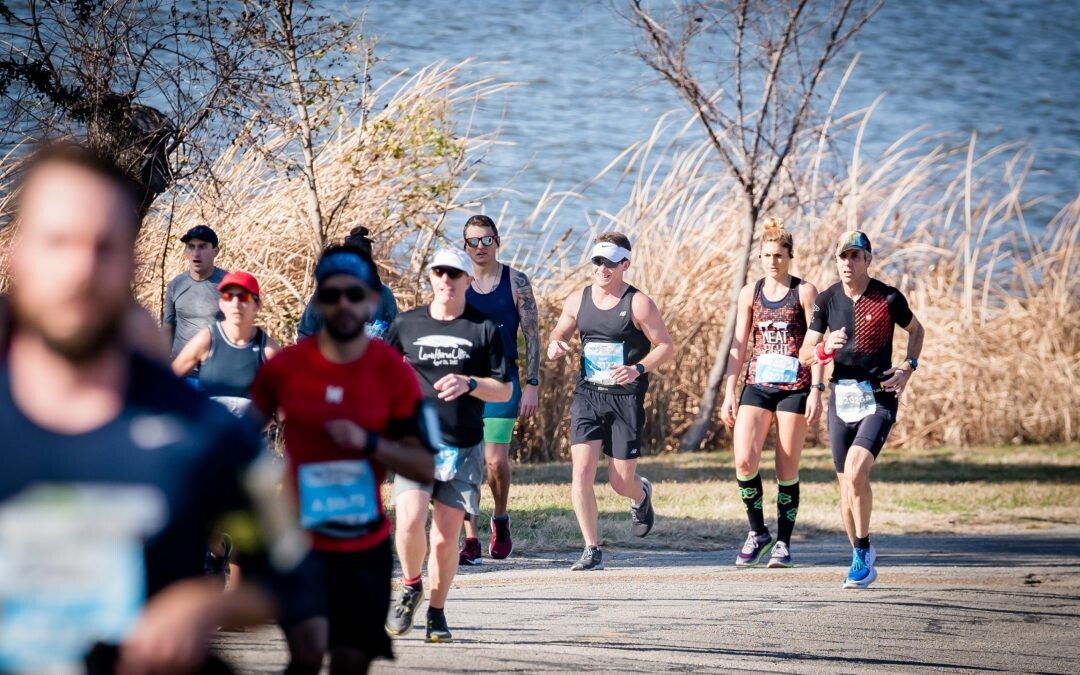
“We’re actually putting a video together and the theme song is ‘Back to Life,’” Lambert said. “If you would ask me how it feels, it’s a combination of truly back to life; not only for, hopefully, a lot of our runners and the feeling that they get out in these massive public community running events, but also for us as a management team.”
The BMW Dallas Marathon will take place next weekend with the 50th running of the marathon scheduled for next Sunday. Ten races will take place throughout the weekend, plus a Health and Fitness Expo at Kay Bailey Hutchison Convention Center on Friday and Saturday.
The first Dallas Marathon, then called the White Rock Marathon, was held on March 6, 1971. Far from the major weekend event it is now, the race had 82 participants and the course was only around White Rock Lake.
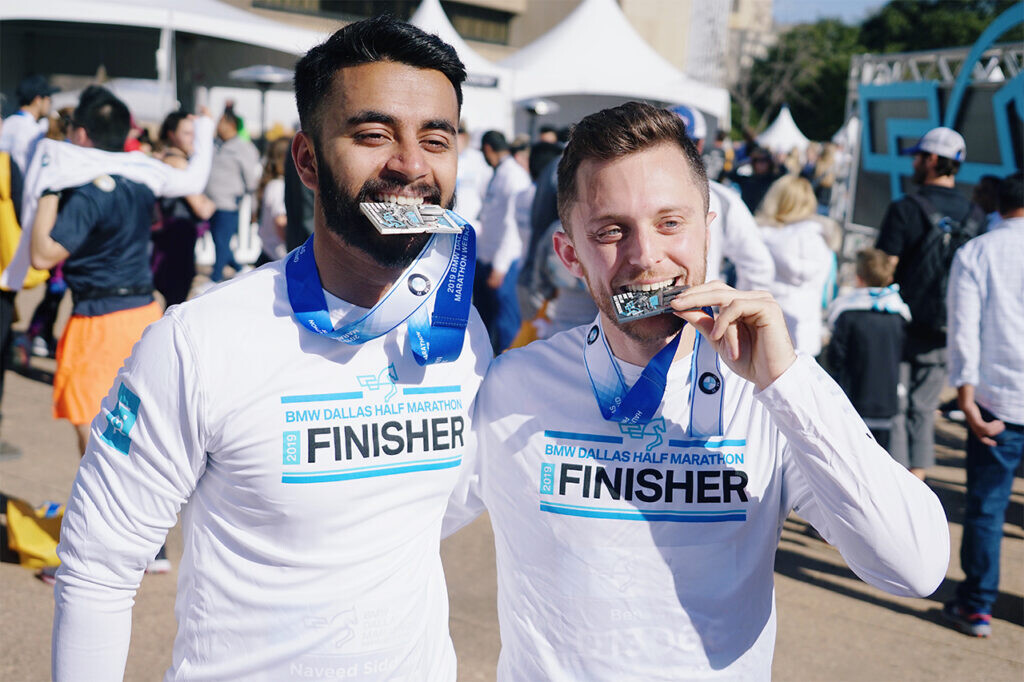
“The changes are really something else,” said Annabelle Corboy, the first female winner of the Dallas Marathon. “The changes in 50 years are incredible. ... There’s so many things that are different between now and then.”
Registration for the original 50th anniversary date opened in April 2020, and runDallas saw strong early participation numbers compared with other races across the country. Lambert said it was because the Dallas Marathon was “probably the first major race to come out with a defined contingency message.”
That plan was if the race couldn’t be held in person in December 2020, runners could either run a virtual race or push their registration back to a backup date in May 2021. And when the backup event was cancelled, the organization offered the same option to run virtually or push registrations to December.
The uncertainty that hung over the organization weighed on its small staff. Despite the contingency messages, it was difficult to do much planning for anything more than three months in advance. And without knowing when the next big race was coming, the team had to make sure it could maintain its financial viability.
But the extra time did give runDallas the opportunity to refine and fine-tune the event, as well as further grow and strengthen relationships with its partners. It has also resulted in extraordinary growth of runners.
Marcus Grunewald, the executive director of runDallas, said the weekend is reaching record participation.
“I think there’s a real pent-up demand to have a big event like this,” Grunewald said. “In fact, our numbers are a bit unusual for the industry as a whole.”
About 15,000 runners participated in the events included in the 2019 marathon. With about a week to go before the first race on Friday, over 23,0000 people have signed up to participate across the 10 different events. RunDallas expects that number to be about 25,000 by race weekend. More than 2,500 people have also signed up to volunteer.
Participation in the ultra marathon, a 50k race added to the program in 2018, sold out weeks ago. The marathon and half marathon are also approaching sellout status, and Grunewald believes they may sell out before race day.
“I think this will be a highlight of the last two years for almost everybody involved with the entire weekend,” Lambert said.
It will be for Logan Sherman, for whom the marathon is almost always a yearly highlight.
He first participated in the Dallas Marathon as part of a relay team in high school over 20 years ago. He has since won the half marathon three times and the 2015 marathon with a time of 2:27:28.
Sherman is now a current member of the runDallas board, and isn’t running any long races this year, instead focusing on volunteering at the event. He is hopeful the 50th anniversary is going to take the event to the next level.
“This is gonna be so much fun,” Sherman said. “I guarantee you there’s gonna be a lot of smiles and emotion that people are going to have at the finish line when they get back to City Hall. I don’t plan on leaving right after the start. I plan on staying up there and just watching the smiles and the emotions that come through.”
by Peter Warren
Login to leave a comment
Like father, like son: BMW Dallas Marathon winner Aaron Sherf makes his dad, a longtime competitor, proud
The Dallas Marathon has always been part of Aaron Sherf’s life. His dad, Cary, has completed the annual Dallas footrace 38 consecutive years.
On Sunday, Aaron, 30, of Norman, Okla., made his running poppa proud by winning the 49th edition of the BMW Dallas Marathon in 2 hours, 31 minutes, 21 seconds.
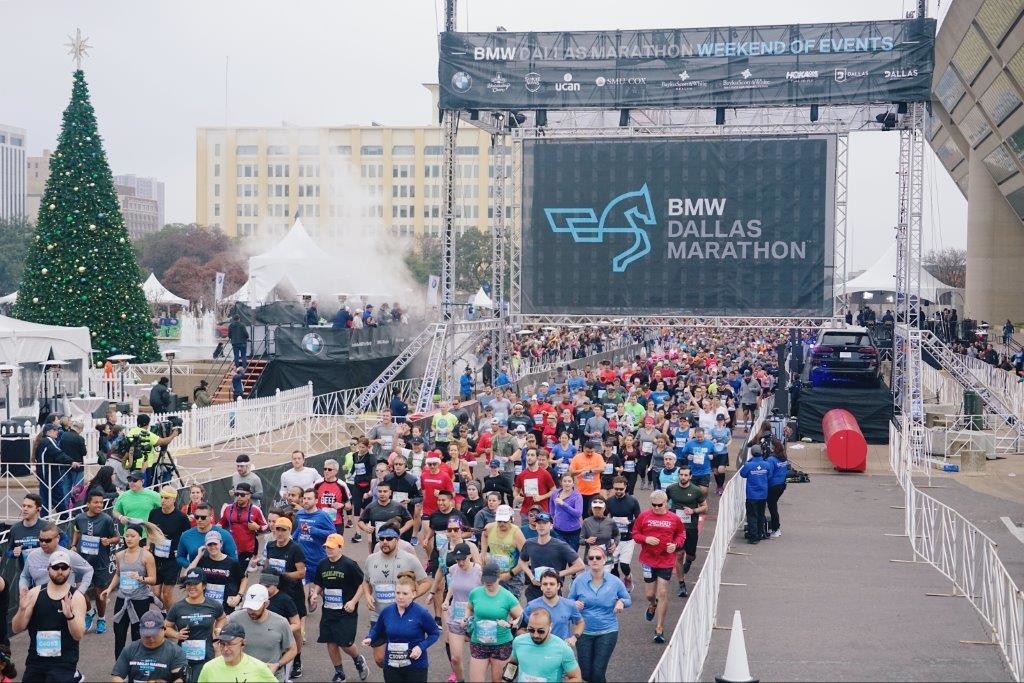
“It’s always fun to come back to Dallas,” said Aaron, who grew up in South Garland until his family moved to Arizona when he was six. “It feels good to finally win it.”
Conditions started cool in the mid-50s but quickly warmed into the 70s as the sun broke through the fog by mid-morning. Many of the front and middle of the pack runners set personal bests before conditions became more challenging.
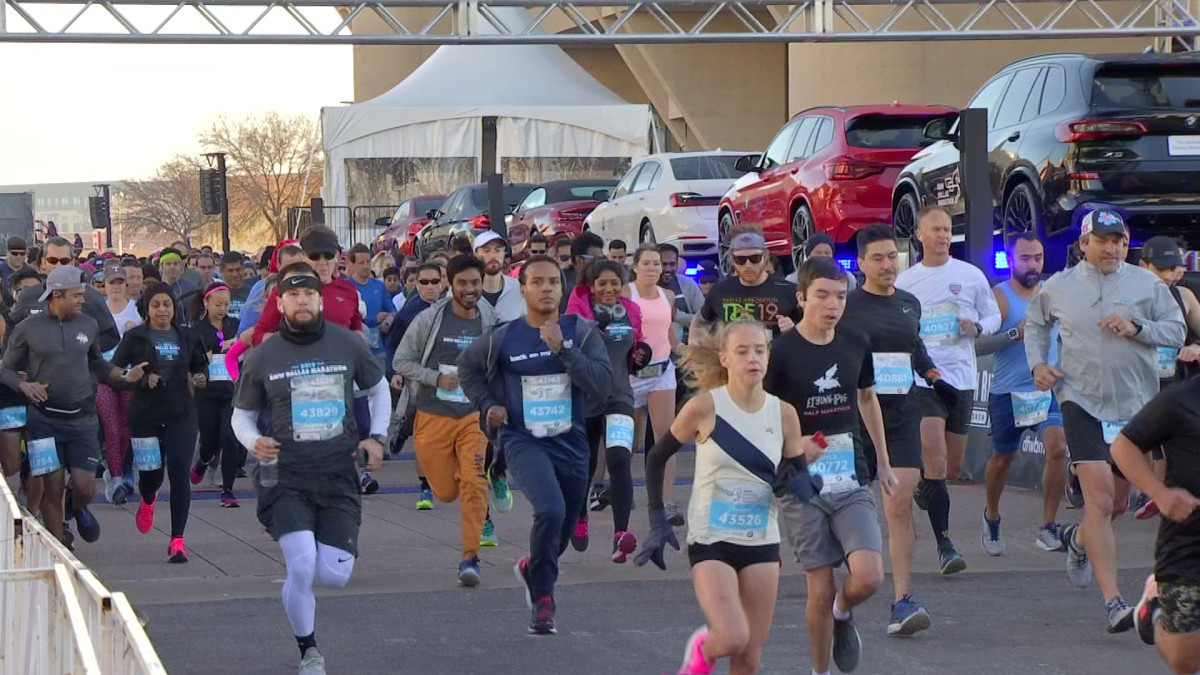
Logistically, the race seemed to go smoothly, starting with a high-energy sizzle video and pyrotechnics at the start and an emotionally charged finish line, energized by Mark “Hawkeye” Louis, of KSCS, 96.3FM fame.
“Everything worked out perfectly,” said executive race director Marcus Grunewald. “I guess I have a race director’s high. I don’t want it to end, but at the same time, I’m looking forward to next year.”
Sherf, who placed third overall in 2016, found himself in fifth place at the halfway point. He said he intentionally ran a slower, more conservative pace to account for the unseasonably warm conditions. At Mile 16, he caught a glimpse of the leader.
That gave him the boost he needed to kick his pace up a notch. He secured the lead by Mile 18. Though he began to struggle at Mile 24, he credits relay runners including the boys high school relay anchor, Will Muirhead of Lovejoy for helping stay strong.
As he turned toward the finish line in front of Dallas City Hall, he saw the pedestrian bridge with a banner, notifying runners they were 100-meters from the finish line.
“Oh my gosh!” Sherf said. “It was so amazing. It almost turned into a track meet.”
by Debbie Fetterman
Login to leave a comment
BMW Dallas Marathon
The BMW Dallas Marathon is the result of the efforts of a pioneering group of brave Dallas runners, who had the foresight to establish an annual 26.2-mile race more than 40 years ago. In 1971, Tal Morrison – the official founding father of the marathon – placed a $25 ad in Runner’s World beckoning runners from around the country to...
more...Veteran Olympian and cancer survivor Kikkan Randall, Shares 3 Tips for athletes facing setbacks and Fitness Comeback
As a veteran Olympian, cancer survivor and marathoner-in-the-making, Kikkan Randall has learned a lot along the way about how to thrive on life’s toughest days.
In a series of interviews with Women’s Running, Randall shared her key messages for athletes facing setbacks, be it cancer or injuries, and life after the disease.
1.-Keep moving. Continue to set goals.
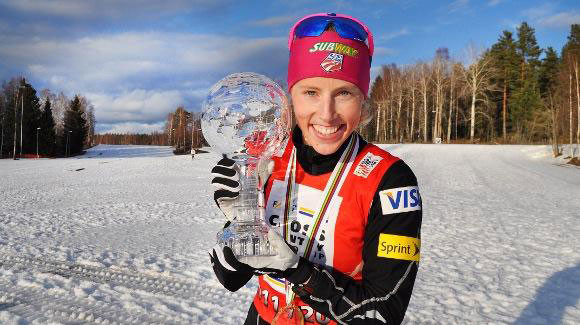
Fresh off her Olympic experience and years as an elite athlete, Randall was in great shape when she was diagnosed with breast cancer in June 2018. Even though she faced a rough road ahead, which included surgery, radiation and chemotherapy, Randall was determined to maintain some fitness.
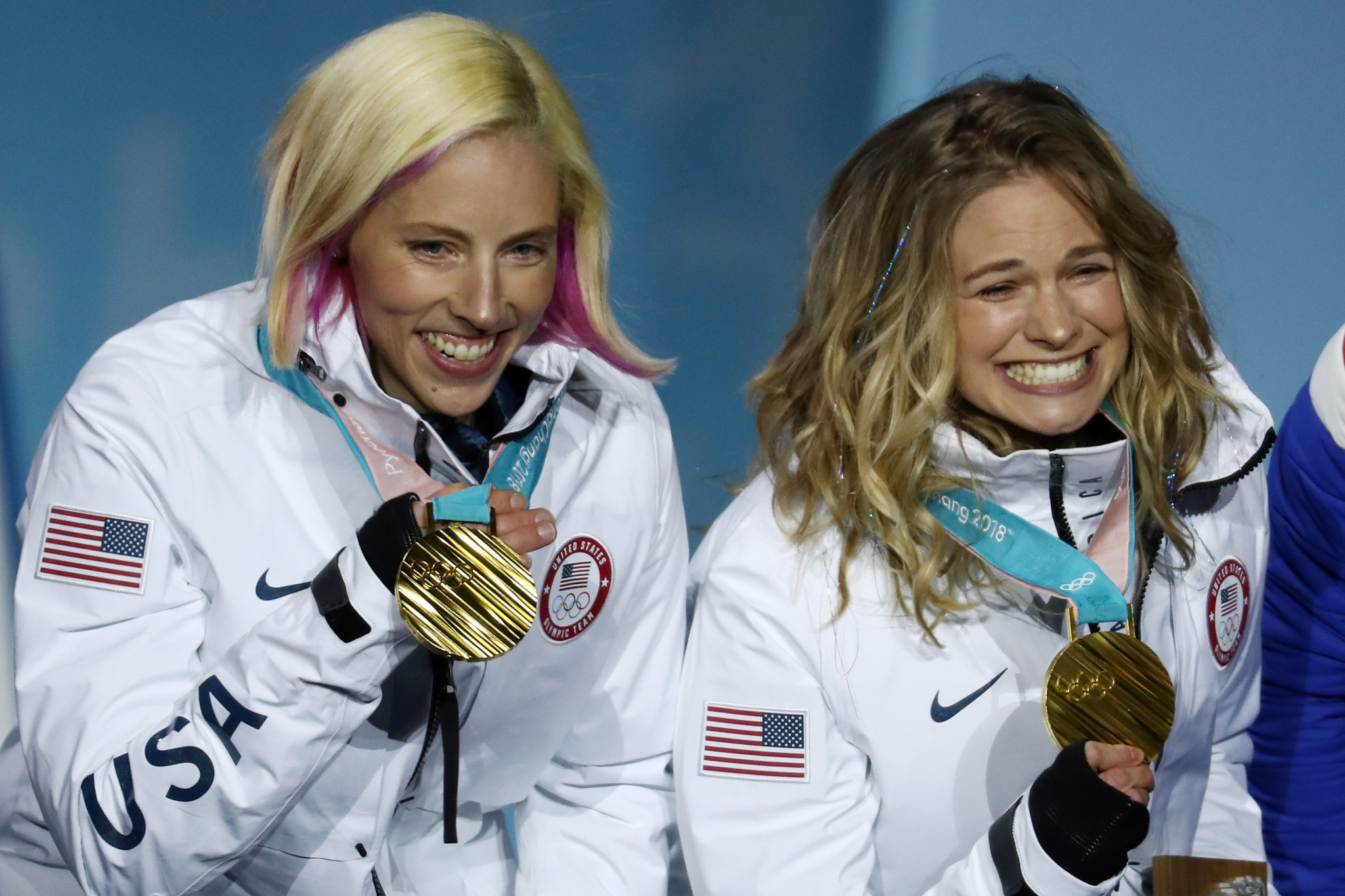
“I made the commitment to stay as physically as active as I could through my treatment, and that was super important,” she says, noting that she did cardio and strength training. “Knowing I could do a workout every day, even at lower level, it felt like a little victory.”
Not only did easy exercise help with fluid retention caused by cancer-fighting drugs, it lifted her mood and gave her a sense of control.
“Be open-minded about what you can do,” Randall says. “Always be willing to try. I had a ten-minute rule for myself. I would go out and try to do something for ten minutes, if it went well I would keep going, and if it was too awful, I would go home and rest.”
2.- Surround yourself with people who give you hope.
Just as Randall needed a powerful support system to get her to five Olympic Games, she leaned on a strong team to get her through cancer treatment.
Her husband, Jeff, kept her focused on her good prognosis, while her toddler son, Breck, provided a much-needed distraction from her worries. Her parents took care of her while she received treatment in Alaska and the list goes on.
Liz Stephen, Randall’s ski buddy, was with her when she received her diagnosis and visited Randall on days when she felt especially terrible.
“Everybody around me was just really proactive and positive, and that encouraged that side of my personality,” Randall says.
She also drew inspiration from Gabe Grunewald, who died in June after a ten-year battle with adenoid cystic carcinoma. Last fall, Randall met Grunewald at an AKTIV Against Cancer event.
“I just finished chemo a week earlier, and she was just congratulating me and was so positive,” Randall says.
In May, Randall ran the Brave Like Gabe 5K as a virtual participant to show support for Grunewald, who was in the hospital at the time, battling complications from cancer. Randall recalls struggling through the solo run.
“I thought, ‘I’m out doing this for Gabe, so I’m not going to quit.’ I came back at the end of that run, and I felt recharged and I sent her a picture,’” she says.
Since Grunewald’s death, Randall says she’s as motivated as ever to run and honor her role model’s memory.
3.-Be patient with your fitness comeback. Celebrate your progress.
Randall says her body bounced back well after the rigors of cancer treatment, but women shouldn’t expect to immediately regain their fitness.
“As soon as you finish treatment, you are so motivated you’re like, ‘I just want to get back to the way I was.’ It takes time,” she says, “And there are some lingering (treatment) effects that take a while to iron out.”
As you gradually build your fitness, remind yourself how far you have come already.
“Celebrate what you can do is my biggest thing,” she says.
Even for Randall, an Olympic champion, marathon training has been a grind, starting with the intense pounding on her legs she didn’t experience in skiing. In addition, she had to adjust to the fact that, unlike in skiing, she can’t use downhills to recover.
“I’m celebrating the fact that my treatment’s been effective, and we have a good, optimistic look forward on being cancer free,” she says. “I’m just really grateful for that.”
by Theresa Juva-Brown
Login to leave a comment
Kara Goucher is officially now an ultrarunner
Kara Goucher took a podium spot yesterday at her first 50K at The North Face Endurance Challenge Championships
Olympic marathon runner Kara Goucher has joined the ultramarathon club. On Saturday November 16, the former Nike athlete raced to an impressive third place finish at The North Face Endurance Challenge Championships 50K race in San Francisco in a time of 5:30:57. Goucher has found a new love and appreciation for the trails, especially in the wake of the suspension and allegations of abuse against Nike and her former coach, Alberto Salazar.
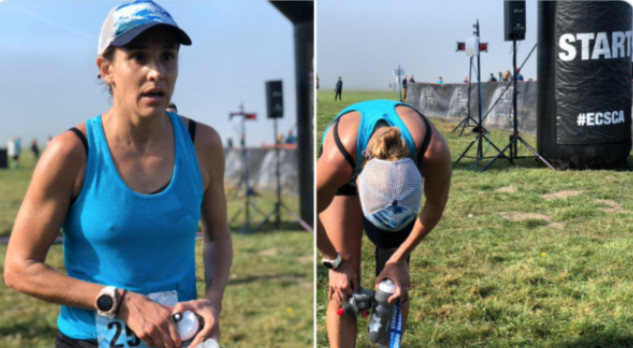
Goucher raced her first trail race back in August at the Leadville Trail Marathon, and has been moving up in distance ever since. The North Face 50K race gains 2,053 metres running through the Marin Headlands in the San Francisco Bay area. Goucher challenged her physical and mental toughness through Tennessee Valley, Muir Beach, and Pantoll Station, descending on the famous Dipsea trail. After crossing the Golden Gate Bridge, she finished the race enthralled and exhausted at Crissy Field.
Goucher shared the podium with Corinne Shalvoy in first place with a time of 5:00:10 and Jenny Comiskey in second with a time of 5:15:12. Nicholas Handel won the men’s 50K race in 3:58:11, Brian Gillis was second in 4:11:45, and Justin Grunewald was third in 4:15:39.
Login to leave a comment
Sifan Hassan breaks women world record for the mile clocking 4:12.33 in Monaco
Sifan Hassan, who arrived on the Stade Louis II track tonight July 12 as the third fastest miler of all time, departed the Herculis EBS Diamond League meeting as the fastest, having produced a marvel of a final lap to finish in 4:12.33, thus breaking the 23-year-old mark of 4:12.56 held by Russia’s 1996 Olympic 800 and 1500m champion Svetlana Masterkova.
Hassan had said on the day before the race that she intended to run “three or four seconds” faster than her best of 4:14.71, set in London in 2017.
As things turned out, she failed in that ambition; not that she looked too put out about it after the race as she lay on her back with a radiant smile on her face.
After the field had been paced through 800m in 2:08.20, Hassan moved into the lead with 600 metres remaining, with Ethiopia’s Gudaf Tsegay the only runner in touch at that stage.
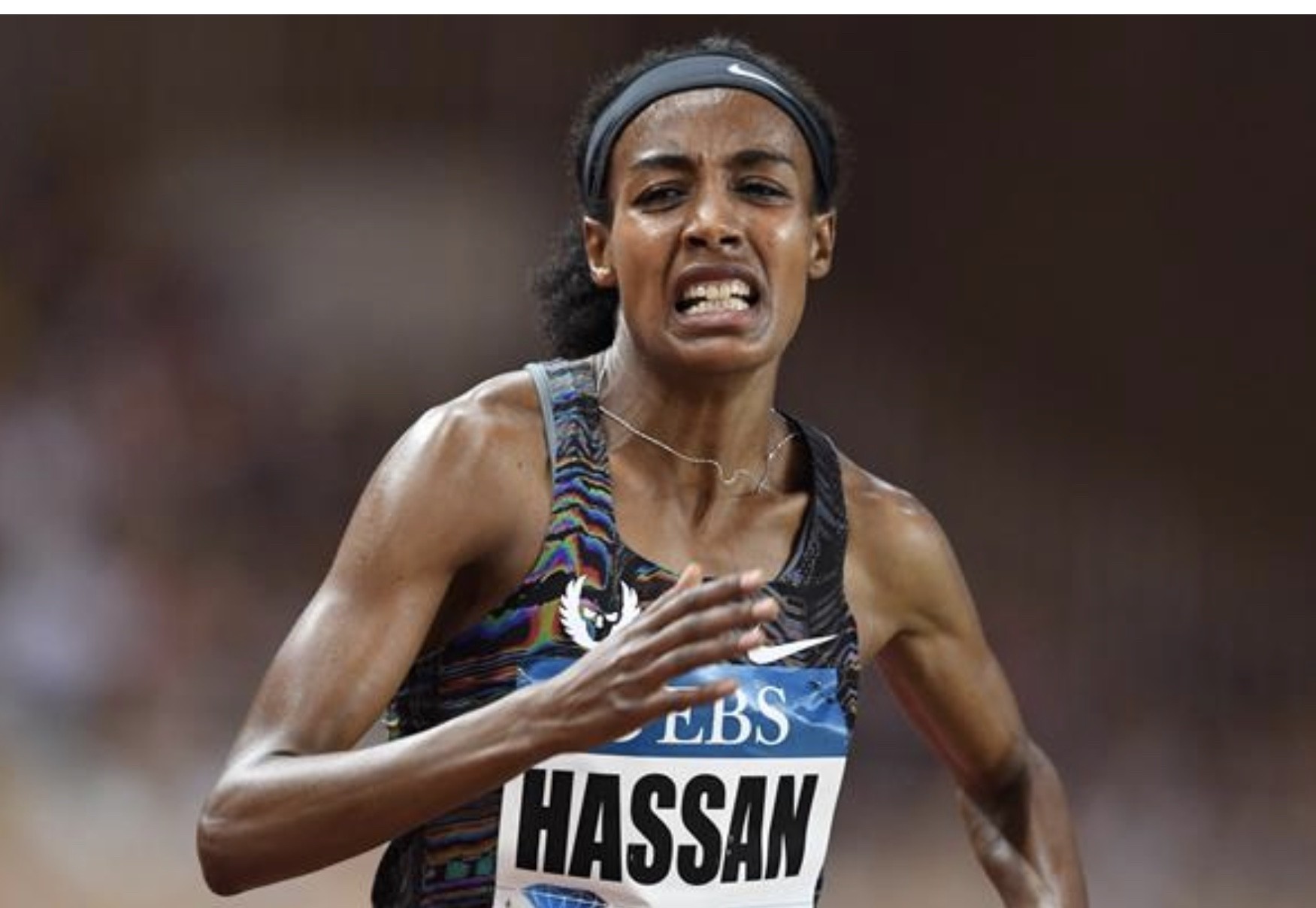
Hassan, who had broken the 5km road race world record in the Principality in February, simply cut loose over the final lap and was suitably rewarded for her enterprise by the digital clock.
In her wake the effort of chasing told on Tsegay, who faded to fourth in a season’s best of 4:18.31 as Britain’s Laura Weightman came through to finish second in a personal best of 4:17.60 and Gabriela Debues-Stafford of Canada took third place with a national record of 4:17.87.
“I knew I could run fast but the first 800 was a bit slow, so after that I wasn’t thinking it would be a world record,” Hassan, the European 5000m champion, said. “When I crossed the line I was so surprised.

“After you run a last 400 like that, and set a world record, it gives me so much confidence over 5000m. I want to double over 1500 and 5000m in Doha and the way I finished the last 400 there, it’s amazing!”
Hassan said she had been lifted by the crowd in the closing stages of the race. “That made me extra happy,” she said. “It was a beautiful last lap with the crowd supporting me.”
Her next race, she said, would be a 5000m. “I don’t know where yet. The one world record I would love would be the 5000m.”
Before the start of the women’s mile, re-named the Brave Like Gabe Mile, a short film clip was shown featuring the US runner Gabe Grunewald who fought cancer for so long before succumbing earlier this year, and the crowd showed their respect and appreciation.
Two other Monaco world record breakers - Ethiopia’s Genzebe Dibaba, who set the current 1500m world record of 3:50.07 on this track four years ago, and Kenya’s Beatrice Chepkoech, who set a new world 3000m steeplechase mark here last year – had been due to race but had pulled out.
Whether their presence would have also have produced a world record race remains an open and, now, irrelevant question.
by IAAF
Login to leave a comment
June 25 would have been Gabriele Grunewald’s 33rd birthday and the state of Minnesota has named June 25 Brave Like Gabe Day
Gabriele Grunewald was initially diagnosed with adenoid cystic carcinoma, a rare form of cancer affecting the salivary gland, in 2009, and thyroid cancer the following year.
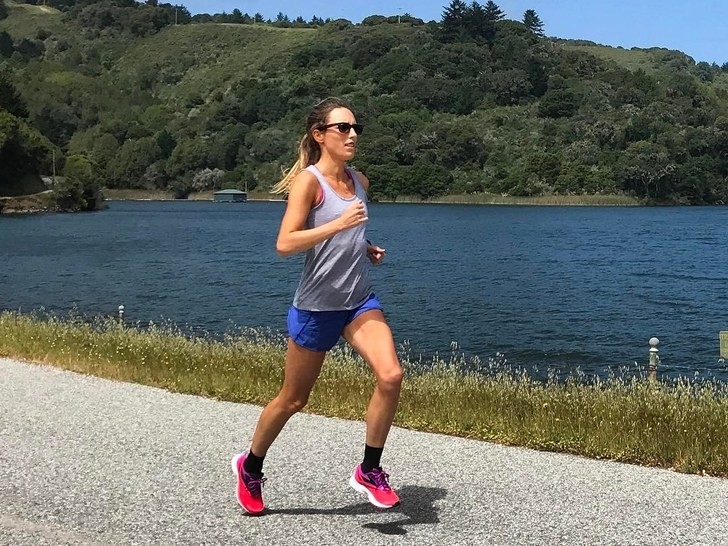
She graduated as an NCAA All-American in the 1,500m, and pursued a professional running career despite dealing with several surgeries and chemotherapy. In 2014, she won the US indoor national championship in the 3,000m. Grunewald was sponsored by Brooks.
In late 2016 she learned the cancer had spread to her liver, and she had an operation that left a long and visible scar on her abdomen, which became a badge of courage as she continued to race and began to speak publicly about her cancer journey.
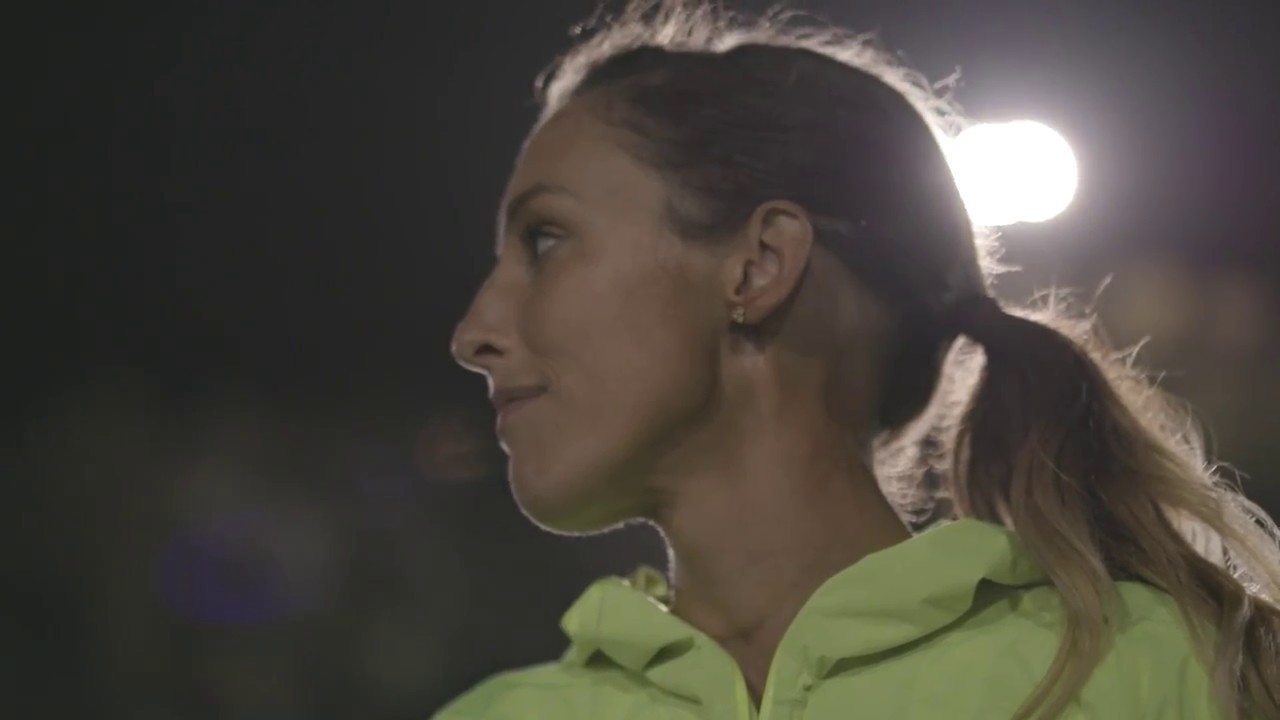
Two weeks ago Gabe lost her battle and passed away. The world lost an amazing woman but she will never be forgotten.
In her honor runners will gather on Tuesday (June 25) evening at 6:15 pm in B.F. Nelson Park in Minneapolis, Minnestoa to honour Grunewald.
If you’re not able to make the run in person, you can contribute via Strava. So far 6,693 participants have run a collective 8,735 miles.
The Strava challenge is open for the entire day today. Additionally, runners can photograph their runs and use the #BravelikeGabe or #Runningonhope to contribute.
by Madeleine Kelly
Login to leave a comment
Gabriele Grunewald has lost her battle with cancer and wants to thank everyone for their support
On Sunday, June 9, Justin Grunewald revealed that his professional distance runner wife Gabriele “Gabe” Grunewald, who gained thousands of fans over the years by sharing her inspiring cancer story, had been moved to comfort care after her condition began to worsen.
The decision came just two days after Gabe was readmitted to the ICU because she was experiencing septic shock.
“It breaks my heart to say but overnight Gabriele’s status worsened with worsening liver function causing confusion. Wanting to do her no harm we have made the difficult decision to move her to comfort cares this afternoon,” he sadly announced.

Justin Grunewald shared the update on Instagram on his wife and four-time cancer survivor so fans and supporters could send her one last message “before she heads up to heaven.” He also posted photos of Grunewald running along a shoreline, the couple smiling as they embraced on a beach and them holding hands on a hospital bed.
“At the end of the day people won’t remember the [personal records] run or the teams qualified for, but they will remember that hard period in their life where they were losing hope but they found inspiration in a young lady who refuses to give up,” Justin Grunewald wrote.
Grunewald also posted a letter he wrote a few years ago, thanking her for showing him “what it’s like to be and feel” alive.

“I know life is scary and I know we have won the lottery of uncertainty, and it’s not fair, but I still choose our life of uncertainty and at times fear, over any alternative option I could think of,” Justin Grunewald wrote. “I have so much fun with you and have learned more from having you as my best friend and wife than I learned in the rest of my life combined.”
Gabriele Grunewald — whose battle against cancer has inspired an outpouring of support on social media, including a “BraveLikeGabe” hashtag — was a senior running track and cross-country at the University of Minnesota when she was diagnosed in 2009, the Star Tribune reports.
A year later, Grunewald finished second in the 1,500 meters at the 2010 NCAA Championships after having surgery and radiation treatment. She then became the US indoor champion at 3,000 meters in 2014 before continuing to run professionally as recently as 2017 despite additional treatment for cancer in her thyroid and liver, the newspaper reports.
Login to leave a comment
Co-Stars of Fixer Upper Chip and Joanna Gaines Silo District Marathon in Waco is set for Sunday
Co-Stars of Fixer Upper, Chip Gaines and his wife, Joanna, met Gabrielle Grunewald last fall in Central Park. Gabe is a professional mid-distance runner who’s been fighting a rare cancer since 2009.
She convinced Gaines that he could train for a marathon in about six months. Grunewald also shared how she's battled adenoid cystic carcinoma since 2009. Gabe’s story left such a mark on Chip that he quickly moved past his goal of running a marathon to actually hosting one in Waco as well.
He and the Magnolia team created Sunday's event the Silo District Marathon to benefit Grunewald's Brave Like Gabe Foundation, which raises funds for research on rare cancers.
"I didn't want to spend another second standing on the sidelines," Gaines wrote in a Jan. 10 blog post announcing the event. "Given what she's gone through, I didn't have any excuse not to give this a shot."
He invited his social media followers to join him. 100% of the profits from the race will be donated to the Brave Like Gabe Foundation in order to further the much-needed research on rare cancers.
It is our honor to come alongside Gabe and others with similar diagnoses to find answers, solutions and, ultimately, cures. Also thinking of the runners as well, the race will present $88,000 in prize money to the top three overall men and women in the half and the full.
The overall marathon winners will receive $15,000 and the half champions will earn $10,000. The prize money is going to be given out based on chip time and not gun time. Hopefully the best time will be the first person to cross the finish line too.
Login to leave a comment
Gaines Is Running a Marathon, With Help From Grunewald
Login to leave a comment





